The Lower River of the Mississippi
For many people, the Lower Mississippi River invokes hurricanes, floodwaters, and the many layers of sediment that form the Delta. However, like the layers of sediment, there are many dynamic layers of stories that make up the lower river, too. While maps might represent land that has already been eroded and swallowed by rising sea levels, the stories of the lower Mississippi represent the resilience of long continuums of Indigenous peoples who have called this area home.
According to settler geographical conventions, the Lower Mississippi begins at the confluence of the Ohio and the Mississippi at Cairo, Illinois, and runs past Memphis, Tennessee toward Bulbancha/New Orleans, eventually emptying into the Gulf of Mexico. The Lower Mississippi is a site of contradictions: a powerful natural force whose sediment deposited the rich soil in the Mississippi Delta and built the land in Louisiana bayous, the river is now heavily industrialized and hemmed in by concrete levees. The Lower River is the geographic boundary that marked Andrew Jackson’s 1830s removal of Native peoples into Western territories, an act that made space for the expansion of the antebellum South’s plantation economy that the river facilitated. At the same time, the river is also a site of rich Native history, inter-tribal exchange, and present-day art and activism. The essays and interviews collected in this section focus on the ways in which the Mississippi has shaped and influenced various Indigenous homelands, exploring the role of art and activism in reclaiming, healing, and conserving this historically fraught space.
